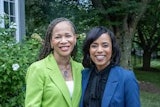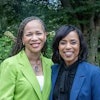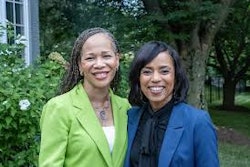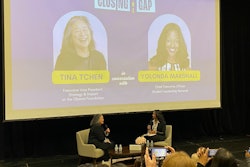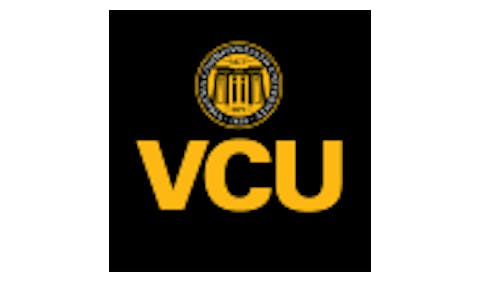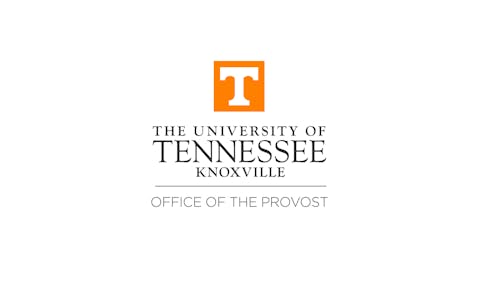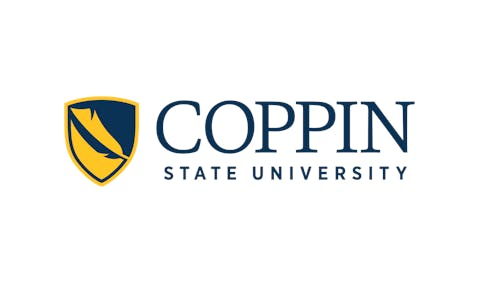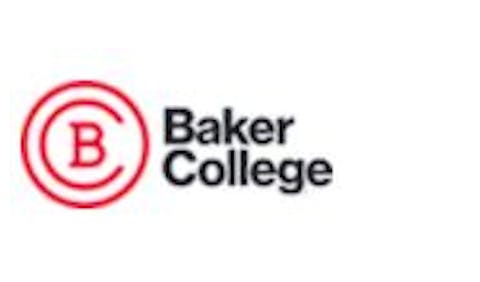W Kim Lee and Dr. Carolyn Stefanco
Kim Lee and Dr. Carolyn Stefanco
Today, the percentage stands at nearly 33%, marking a significant but measured progress in the landscape of academic leadership. This increase, while notable, also highlights the persistent challenges that remain in achieving true gender equity at the highest levels of academia.
Kim Lee, director of community strategy and engagement at ACE, says the increase reflects the “heightened awareness” the initiative created regarding “qualified women who are prepared to assume leadership roles in the executive suite, including the presidency.” The initiative’s impact, she notes, has been particularly evident in creating networks and support systems that help women navigate the complex path to leadership positions.
Accolades for the Moving the Needle campaign are not hard to find among women who’ve ascended to the highest echelon of the academy since the ACE-led initiative began in 2009. The program’s comprehensive approach, combining mentorship, networking opportunities, and leadership development, has created a robust pipeline for women aspiring to top positions in higher education.
Success stories
Among the initiative’s success stories is Dr. Shanna L. Jackson, who was appointed president at Nashville State Community College in 2018. Jackson’s journey exemplifies the power of structured support systems in advancing women’s leadership. She gained much of her knowledge of Moving the Needle while attending ACE Women’s Network meetings as a representative of Tennessee for several years in the 2010s. The network – a national system made up of smaller networks in 46 states – is the specific ACE entity behind the initiative.
“I believe initiatives like Moving the Needle – that brought both awareness of the disparities but also support for women – were key to the increase,” says Jackson in an interview with Diverse. “As someone who aspired to the Presidency and achieved it during this time period, I benefited from women leaders who were willing to share their pathway and the challenges they faced.”
The importance of practical experience and opportunities, Jackson emphasizes, cannot be overstated. While mentoring provides valuable guidance, she argues that women in higher education need presidents who can create and provide concrete opportunities that prepare them for the presidency. This was her experience at various institutions where she worked before becoming a president herself.
“Mentors are great but women need sponsors – both men and women who can open doors and create opportunities for women,” Jackson asserts, highlighting the distinction between mentorship and active sponsorship in career advancement.
 Dr. Manya Whitaker
Dr. Manya Whitaker
Whitaker’s journey from postdoctoral fellow to president illustrates both the challenges and possibilities for change in higher education leadership. In 2011, when she joined Colorado College as a postdoctoral fellow, she faced significant social challenges as a Black woman from Washington, D.C., in the majority white college town in the Mountain region. Despite these obstacles, she persevered and ultimately became executive vice president – the No. 2 position on campus – under President L. Song Richardson in 2022.
Her ascension to the presidency, following Richardson’s resignation in 2024, demonstrates the importance of institutional pipelines and succession planning. When Richardson stepped down, citing constraints on her ability to speak freely as a scholar, Whitaker was prepared to step into the role on a two-year interim basis.
While Jackson notes that lack of confidence often impedes women’s path to the presidency, Whitaker’s approach offers a different perspective. “I don’t really have fears,” Whitaker told The Catalyst, an independent student newspaper at Colorado College. “I think things through, I get information, I prepare myself for all outcomes.”
Pushing for gender parity
However, the challenge of achieving gender parity in higher education leadership extends beyond initial appointments. Recent events have highlighted the particular vulnerabilities faced by women in these positions. The fall of 2023 saw a historic moment when six of the eight Ivy League presidents were women. Yet by spring 2024, three had departed amid political pressures over their handling of campus controversies related to the Israel-Hamas war.
The tragic losses in 2023 of two Black women presidents – Joanne A. Epps of Temple University and Dr. Orinthia T. Montague of Volunteer State Community College – raised serious questions about the unique pressures faced by women leaders, particularly women of color. These events were followed by the devastating suicide of Dr. Antoinette “Bonnie” Candia-Bailey, vice president of student affairs at Lincoln University in Jefferson City, Missouri, in January 2024, after she wrote a letter critical of the university’s leadership.
These incidents have sparked important conversations about institutional support systems and the particular challenges faced by women leaders in academia. Research by Dr. Gloria Oikelome, currently provost & vice president of academic affairs at Delaware Valley University, supports these concerns. Her 2017 study of college presidents found that “while gender is becoming more peripheral, the interlocking tensions of race and gender often shape the journey experiences of African American women, with race appearing to be a salient factor.”
Jackson suggests that successful leadership often comes down to institutional fit.
“I have seen female presidents who within two years are either seeking a new opportunity or being asked to leave,” she observes. “From an outsider only perspective, I often question if the fit was right from the beginning. Was the institution, community, board the right fit for the individual and vice versa? Often, I see these leaders thrive at another institution.”
The Moving the Needle initiative has set an ambitious goal: achieving gender parity among U.S. college and university chief executives by 2030. This would require doubling the pace of progress made since the initiative’s inception. A 2023 ACE study underscores the magnitude of this challenge, finding that the college presidency remains predominantly older, white, and male.
“The average age of presidents was 60, compared with 59.9 in 2006, and men still outnumbered women two-to-one in the presidency,” the study noted. “In the survey, presidents of color accounted for a little over one out of four presidents, and women of color accounted for a little more than one out of every 10 presidents.”
Dr. Carolyn Stefanco, an early supporter of the Moving the Needle campaign during her presidency at The College of Saint Rose (2014-2020), has called for renewed commitment to diversifying leadership in higher education.
“The slow pace of equity and parity change reveals that we must involve the entire higher education ecosystem, we must focus on recruitment and retention efforts, and we must engage an ‘expert community to implement large solutions that can effect change,’” Stefanco emphasized in a recent social media post following a Moving the Needle summit.
Looking ahead, Jackson emphasizes the importance of highlighting successful women leaders who are making significant impacts in their institutions.
“Women are leading institutions with amazing student outcomes, raising significant resources and building innovative partnerships,” she notes. “Support initiatives like Moving the Needle that are working across the country to strengthen the talent pool and support women who are aspiring or have achieved the presidency.”
